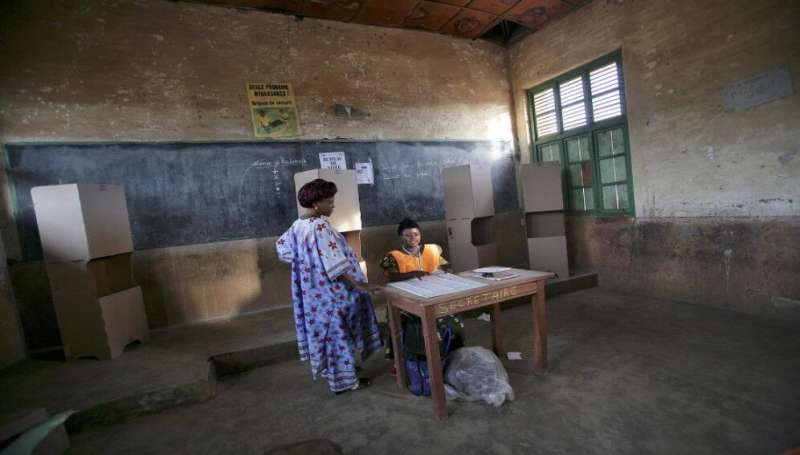
Gender inequalities in malaria programs are putting women and girls at greater risk from the disease, says a report by organizations battling to eradicate it.
As patients and caregivers, women and adolescent girls in endemic countries are pivotal to the fight against malaria, says the report by Malaria No More and the RBM Partnership to End Malaria.
But systemic gender inequalities are causing them to be hit hardest by the economic, societal and health impacts of the disease, the report warns.
“For too long, the fight against malaria has been gender-blind—including the lack of disaggregated data on how many men and women fall sick and die from malaria every year, and need to better tailor and target access to life-saving interventions such as mosquito net distribution and indoor residual spraying,” says the report. “The global community has not consistently taken the critical gender lens to the fight against malaria.”
According to a 2019 World Malaria Report, only one in three pregnant women in Sub-Saharan Africa receive the full three-dose course of life-saving preventive treatment during pregnancy.
Another study by the World Health Organization, Women in Global Health and Global Health Workforce Network says that while 70 percent of the global health and social care workforce is made up of women, only 25 percent hold senior roles.
“Overall, gender dynamics of the malaria fight are under-researched, keeping us in the dark about the true impact of the disease on families’ health and women’s and adolescent girls’ economic empowerment, and how best to target and increase uptake of life-saving interventions,” says Michal Fishman, co-chair of the RBM Partnership to End Malaria’s strategic communications partner committee.
“Malaria outcomes for families worsen when gender inequalities prevent women and adolescent girls from making decisions about when and what resources to use for their and their families’ healthcare,” says Fishman.
“Gender dynamics can influence who can access medical care and proven malaria interventions within the critical 24-hour window of diagnosis and treatment.”
In compiling the report, she tells SciDev.Net, more than 100 gender equality and malaria experts in a year-long process interrogated the premise, test assumptions and identified specific investment areas and opportunities.
“Many women do not have household agency to determine who sleeps under an insecticide-treated net and gender norms impact whether a woman requires permission from her husband to seek medical care for her or her children, or if she has agency and access to spend household funds on medical care,” says Fishman.
In addition, stigma and taboo associated with pregnancy, particularly adolescent pregnancy, create barriers to timely care-seeking, and limit women’s and adolescent girls’ access to preventive treatment during pregnancy and infancy, to protect mother and baby.
According to the study, gender-focused approaches can help patients and providers of malaria interventions.
“The way forward includes bringing a gender-intentional approach to malaria programs, leadership, policy and advocacy and research and data, to help accelerate malaria eradication while also advance gender equality,” adds Fishman.
Elizabeth Juma, principal research officer at the Kenya Medical Research Institute, says: “What is needed and recommended is continued advocacy for health leadership to ensure policies and guidelines are implemented everywhere, and that health workers are appropriately trained on the guidelines.
“Policymakers should advocate for disaggregation of age and gender data in older children, teenagers and adults to enable programs to identify other at-risk groups.”
Source: Read Full Article
